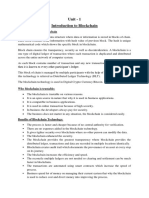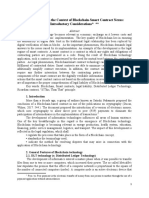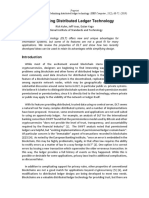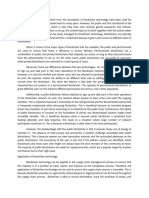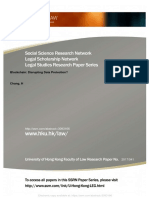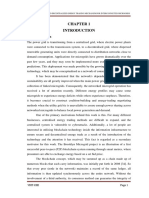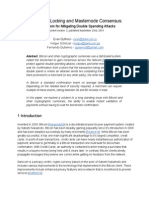0% found this document useful (0 votes)
162 views10 pagesBlockchain and Distributed Ledger Technology (DLT)
Distributed ledger
Uploaded by
kipago9784Copyright
© © All Rights Reserved
We take content rights seriously. If you suspect this is your content, claim it here.
Available Formats
Download as PPTX, PDF, TXT or read online on Scribd
0% found this document useful (0 votes)
162 views10 pagesBlockchain and Distributed Ledger Technology (DLT)
Distributed ledger
Uploaded by
kipago9784Copyright
© © All Rights Reserved
We take content rights seriously. If you suspect this is your content, claim it here.
Available Formats
Download as PPTX, PDF, TXT or read online on Scribd
/ 10


































